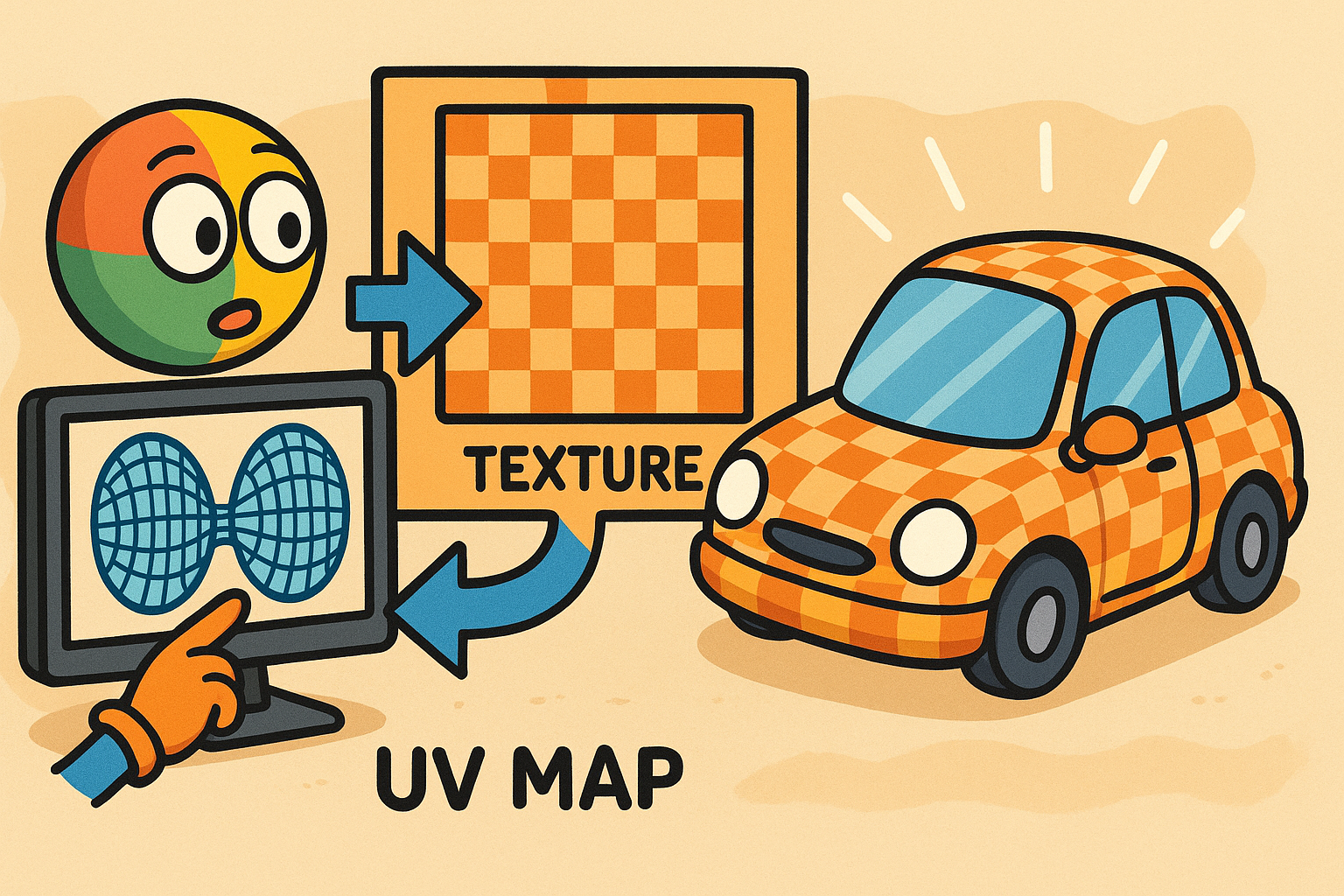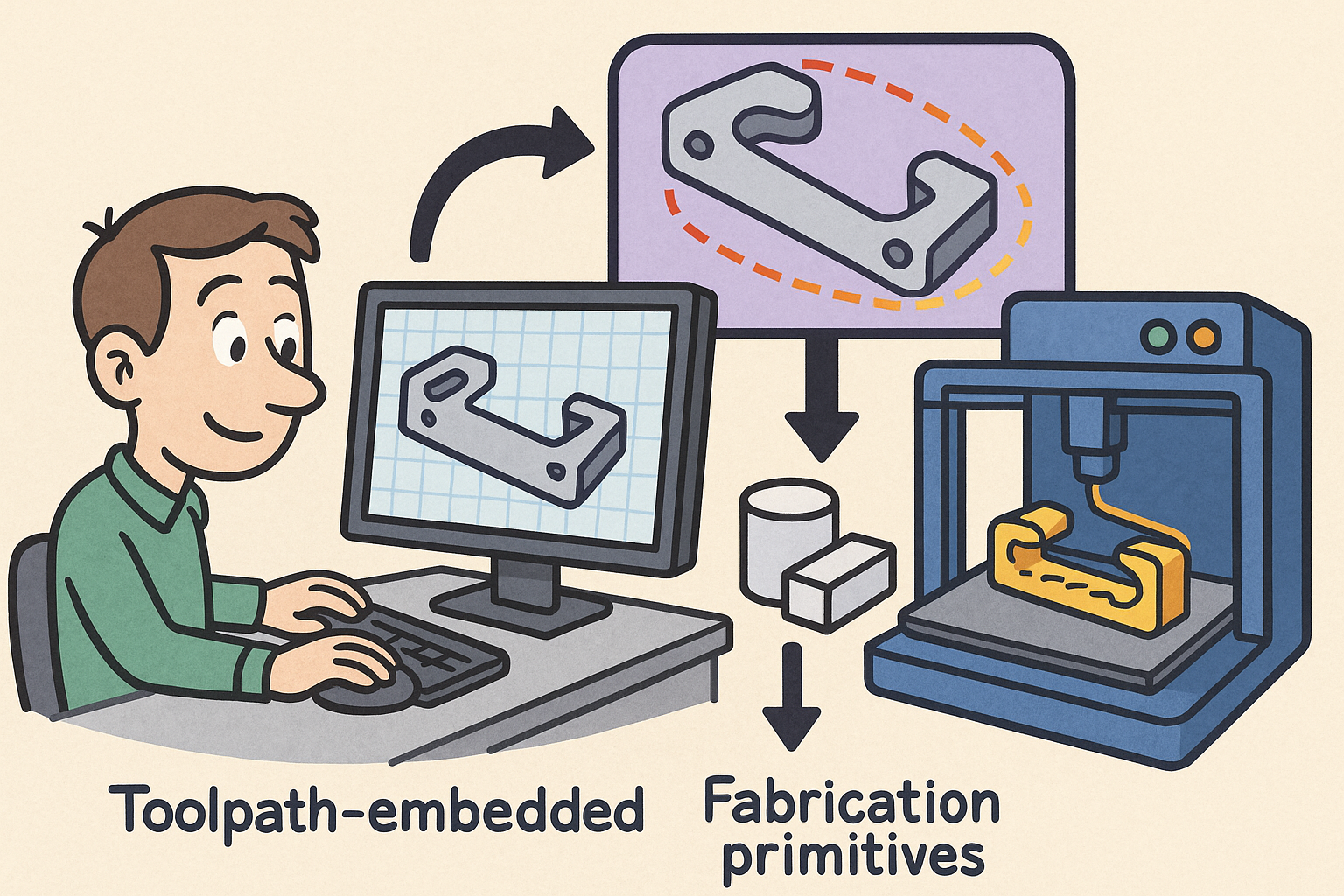Your Cart is Empty
Customer Testimonials
-
"Great customer service. The folks at Novedge were super helpful in navigating a somewhat complicated order including software upgrades and serial numbers in various stages of inactivity. They were friendly and helpful throughout the process.."
Ruben Ruckmark
"Quick & very helpful. We have been using Novedge for years and are very happy with their quick service when we need to make a purchase and excellent support resolving any issues."
Will Woodson
"Scott is the best. He reminds me about subscriptions dates, guides me in the correct direction for updates. He always responds promptly to me. He is literally the reason I continue to work with Novedge and will do so in the future."
Edward Mchugh
"Calvin Lok is “the man”. After my purchase of Sketchup 2021, he called me and provided step-by-step instructions to ease me through difficulties I was having with the setup of my new software."
Mike Borzage
Empowering Sustainable Product Design Through Advanced Design Software Integration
April 12, 2025 7 min read


Introduction to Sustainability in Product Design
The concept of sustainability has evolved from a buzzword to a fundamental aspect of modern product design. As global awareness of environmental issues intensifies, there is a significant shift towards eco-friendly products and practices. This transformation is driven not only by regulatory pressures but also by a growing consumer demand for sustainable solutions. Today's consumers are more informed and conscientious, seeking products that minimize environmental impact without compromising quality or functionality.
In this context, design software plays a pivotal role in integrating sustainability into the product development process. By facilitating the incorporation of sustainability from the outset, design software enables designers and engineers to consider environmental factors during the initial stages of product conception. This proactive approach enhances efficiency and accuracy in sustainability assessments, allowing for real-time adjustments and optimizations that align with both ecological goals and market demands.
Growing Importance of Sustainability
The importance of sustainability in product design has never been more pronounced. Environmental concerns such as climate change, resource depletion, and pollution have spurred a global movement towards more responsible consumption and production patterns. Companies are increasingly adopting eco-friendly products and practices to reduce their environmental footprint and to meet the expectations of stakeholders who prioritize sustainability.
Consumer demand for sustainable solutions is a powerful driver of this shift. Customers are actively seeking products that are not only high-performing but also environmentally responsible. This trend is influencing purchasing decisions across various industries, making sustainability a key differentiator in the competitive marketplace. Companies that embrace sustainable design practices are better positioned to build brand loyalty, enhance their reputation, and secure a competitive edge.
Role of Design Software
The integration of sustainability into product design is greatly facilitated by the capabilities of modern design software. These tools enable the facilitation of sustainability from the outset by incorporating environmental considerations directly into the design process. Designers can evaluate the environmental impact of different materials, processes, and design decisions early on, thereby making informed choices that align with sustainability objectives.
Moreover, design software enhances efficiency and accuracy in sustainability assessments. Advanced features provide real-time feedback on environmental impact, allowing for immediate adjustments that optimize the product's ecological footprint. This technological support streamlines the design process, reduces the need for costly revisions, and ensures that sustainability is seamlessly integrated rather than being an afterthought.
Key Sustainability Metrics in Product Design
Incorporating sustainability into product design necessitates a thorough understanding of the relevant metrics. These metrics serve as quantifiable indicators of a product's environmental, social, and economic impact throughout its lifecycle. By measuring and analyzing these metrics, designers can make data-driven decisions that enhance sustainability while still meeting functional and aesthetic requirements. The key sustainability metrics encompass environmental considerations like carbon footprint, energy consumption, and material usage, as well as social and economic factors such as ethical sourcing and cost-effectiveness.
Environmental Metrics
Environmental metrics are critical for assessing the ecological impact of a product. Carbon footprint analysis quantifies the total greenhouse gas emissions associated with a product, from raw material extraction to end-of-life disposal. This analysis helps identify the most carbon-intensive stages of the product lifecycle, guiding efforts to reduce emissions.
Assessing energy consumption and efficiency is another vital metric. By evaluating how much energy a product uses during manufacturing and operation, designers can identify opportunities to improve efficiency and reduce energy demand. Additionally, examining material usage and lifecycle impact involves analyzing the environmental consequences of material selection, including sourcing, processing, and recyclability. Sustainable material choices can significantly lower a product's environmental footprint and contribute to resource conservation.
Social and Economic Metrics
Sustainability extends beyond environmental factors to include social and economic dimensions. Ethical sourcing and labor practices ensure that the materials and components used in a product are obtained responsibly, respecting human rights and fair labor standards. This consideration is crucial for maintaining brand integrity and meeting the ethical expectations of consumers.
On the economic front, evaluating cost-effectiveness and return on investment is essential for ensuring that sustainable products are financially viable. Designers must balance sustainability goals with economic realities, optimizing designs to minimize costs without compromising environmental or social standards. Achieving this balance can lead to long-term savings and open up new market opportunities.
Standards and Frameworks
Adhering to established standards and frameworks helps ensure consistency and credibility in sustainability efforts. The ISO 14000 series provides guidelines for environmental management systems, helping organizations improve their environmental performance. Compliance with these standards demonstrates a commitment to sustainability and can enhance a company's reputation among consumers and partners.
Additionally, various sustainable product design frameworks offer methodologies for integrating sustainability into the design process. These frameworks provide best practices and tools for assessing environmental impacts, selecting sustainable materials, and optimizing designs for minimal ecological footprint. By leveraging these frameworks, companies can systematically embed sustainability into their operations.
Integrating Sustainability Metrics into Design Software
The integration of sustainability metrics into design software bridges the gap between environmental considerations and practical design implementation. By embedding these metrics directly into software tools, designers can access critical sustainability information without disrupting their workflow. This integration enables real-time analysis and fosters a more holistic approach to product development, where ecological impact is considered alongside traditional design criteria such as functionality, aesthetics, and cost.
Software Features and Tools
Modern design software offers a range of features that support sustainability integration. One key feature is the inclusion of built-in sustainability assessment modules. These modules allow designers to evaluate the environmental impact of their designs as they work, providing immediate insights into areas such as energy use, material efficiency, and emissions.
Another powerful tool is the provision of real-time feedback on environmental impact. As designers make changes to a product model, the software updates sustainability metrics accordingly. This immediate feedback loop enables designers to explore different options and understand the sustainability implications of their choices instantly. These tools not only enhance the design process but also promote a culture of sustainability awareness within the design team.
Workflow Integration
For sustainability metrics to be most effective, they must be seamlessly integrated into the design workflow. This means embedding sustainability considerations into every stage of product development, from initial concept through to final production. Seamless embedding of sustainability checks into the design process ensures that environmental considerations are not sidelined but are a core component of decision-making.
Additionally, design software often includes collaboration tools for multidisciplinary teams. Sustainability is a complex field that intersects with engineering, environmental science, economics, and social responsibility. Collaborative tools enable professionals from these diverse areas to work together effectively, sharing data and insights within a unified platform. This multidisciplinary approach enriches the design process and leads to more balanced and sustainable outcomes.
Data Integration and Management
Effective sustainability analysis relies on accurate and comprehensive data. Design software that integrates databases for sustainable materials and practices provides designers with access to current information on material properties, environmental impacts, and best practices. This access allows for informed decision-making and helps ensure that sustainability initiatives are based on reliable data.
Ensuring data accuracy and consistency across platforms is also crucial. Design projects often involve multiple software tools and data sources. Integrating these systems ensures that sustainability metrics are calculated using consistent assumptions and methodologies. This integration minimizes errors and discrepancies, leading to more trustworthy results and facilitating compliance with standards and regulations.
Benefits, Challenges, and Best Practices
The integration of sustainability metrics into design software offers significant benefits but also presents challenges that must be navigated. By understanding these factors, companies can develop strategies to maximize the advantages of sustainability integration while mitigating potential drawbacks. Adhering to best practices ensures that the implementation is effective and contributes to the overall success of the product and the organization.
Benefits
One of the primary benefits is the achievement of enhanced product lifecycle sustainability. Integrating sustainability metrics allows for the design of products that have reduced environmental impacts throughout their entire lifecycle, from raw material extraction to end-of-life disposal. This approach not only benefits the environment but can also lead to cost savings through increased efficiency and resource optimization.
Another benefit is gaining a competitive advantage in the market. As consumers become more environmentally conscious, they are more likely to prefer products that are sustainably designed. Companies that can demonstrate their commitment to sustainability may enjoy increased customer loyalty and market share. Additionally, integrating sustainability metrics helps ensure compliance with regulatory standards, reducing the risk of legal issues and penalties associated with environmental regulations.
Challenges
Despite the benefits, integrating sustainability metrics into design software presents certain challenges. The complexity of integrating diverse metrics can be significant, as it requires harmonizing various types of data and assessment methodologies. Designers may need to balance conflicting sustainability goals, such as reducing energy use while maintaining product durability.
Another challenge is balancing sustainability with design innovation. Designers might feel constrained by sustainability requirements, potentially limiting creativity. Additionally, there may be resistance or difficulty in training and adoption among design teams. Introducing new tools and processes can be disruptive, and team members may require time and support to adapt effectively.
Best Practices
To address these challenges, several best practices should be adopted. Providing continuous education and training for users is essential. Ongoing training helps ensure that designers are proficient with new tools and understand how to apply sustainability metrics effectively. This investment in human capital enhances the overall capabilities of the design team.
Fostering collaboration with sustainability experts can also mitigate challenges. Engaging specialists who understand the complexities of sustainability can provide valuable insights and support. Their expertise can help designers navigate trade-offs and make informed decisions. Lastly, ensuring regular updates and scalability of software tools keeps the technology aligned with evolving sustainability standards and practices. Keeping software current allows companies to leverage the latest advancements and maintain a competitive edge.
Conclusion
Integrating sustainability metrics into product design software is no longer an option but a strategic imperative in today's environmentally conscious world. By embedding robust sustainability features into design tools, companies can create products that meet both ecological and consumer demands. This integration enhances innovation, efficiency, and market competitiveness while ensuring compliance with regulatory standards.
Despite the challenges associated with integrating diverse metrics and fostering adoption among design teams, these obstacles can be overcome through continuous training, expert collaboration, and technological updates. Embracing these best practices facilitates a smoother transition and maximizes the benefits of sustainable design.
Ultimately, the integration of sustainability metrics into design software represents a significant advancement in responsible product development. It aligns business objectives with global sustainability goals, paving the way for products that contribute positively to society and the environment. By committing to this approach, companies position themselves as leaders in sustainability and innovation, ready to meet the challenges and opportunities of the future.
Also in Design News

Rhino 3D Tip: Validate Curvature and Surface Fairness in Rhino
December 15, 2025 2 min read
Read More
Design Software History: UV Mapping and Texture Pipelines: From Parameter Spaces to Product Visualization
December 15, 2025 11 min read
Read More
Path-First Modeling: Embedding Toolpath-Aware Constraints and Fabrication Primitives into CAD Kernels
December 15, 2025 13 min read
Read MoreSubscribe
Sign up to get the latest on sales, new releases and more …


